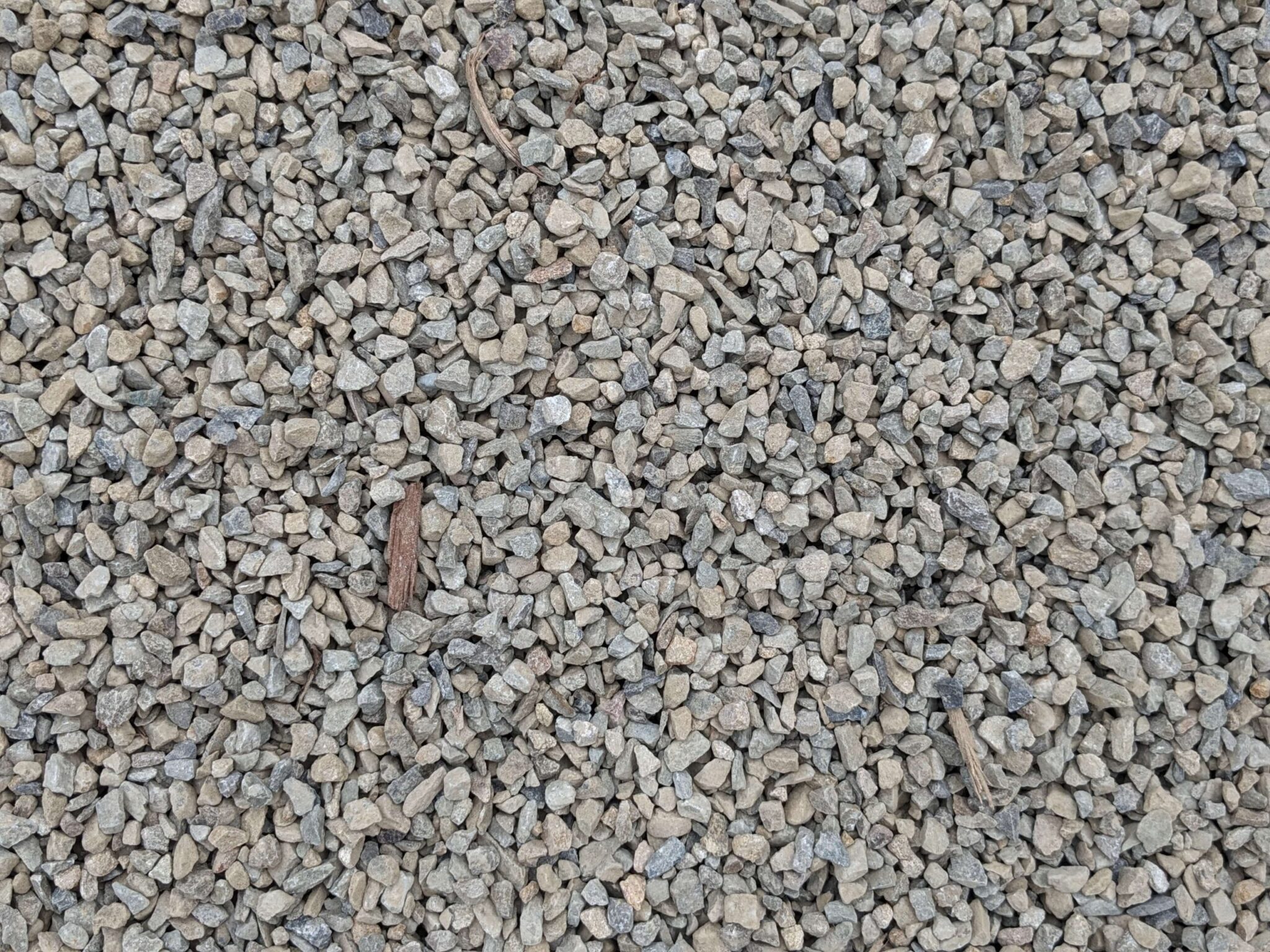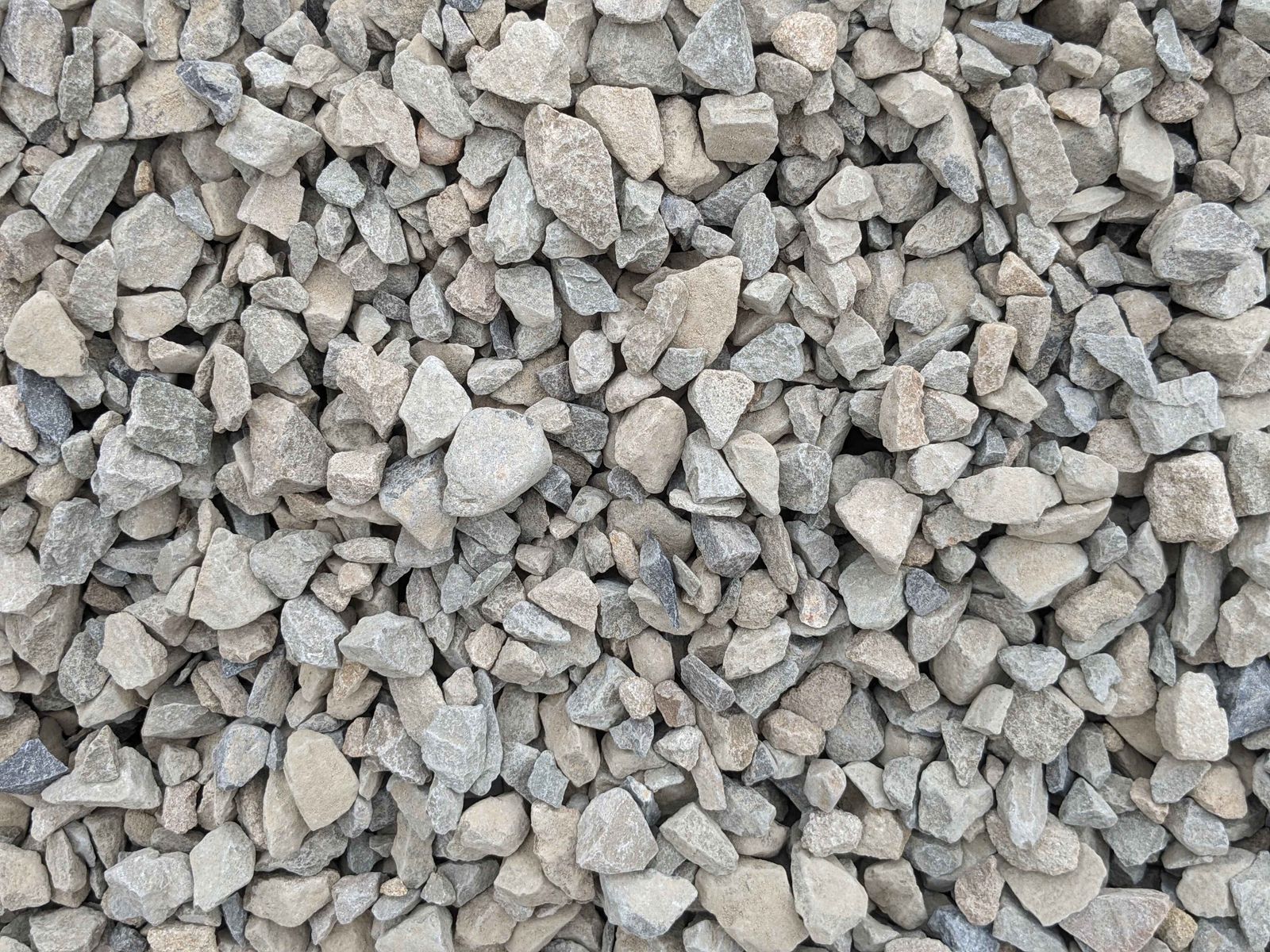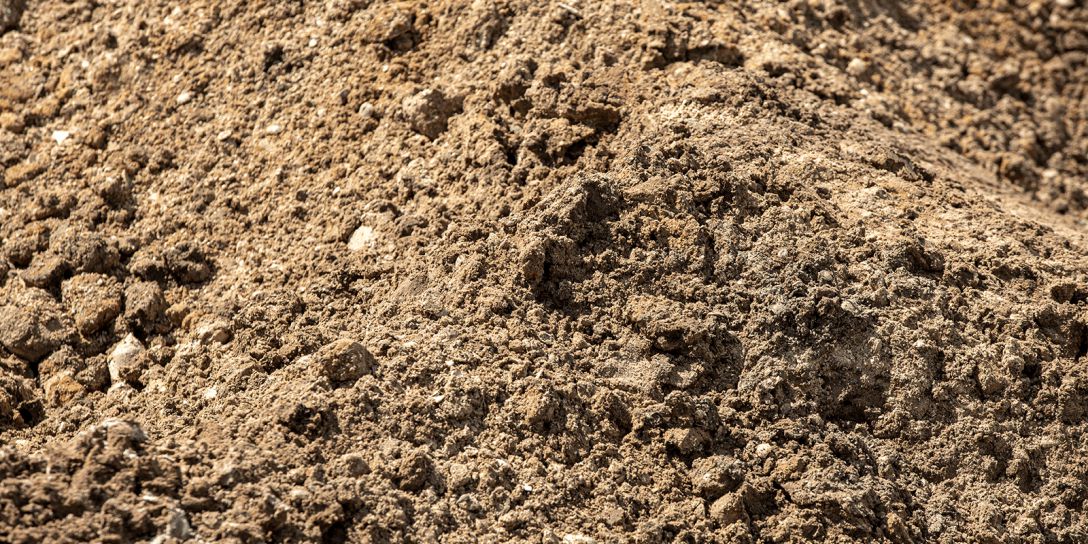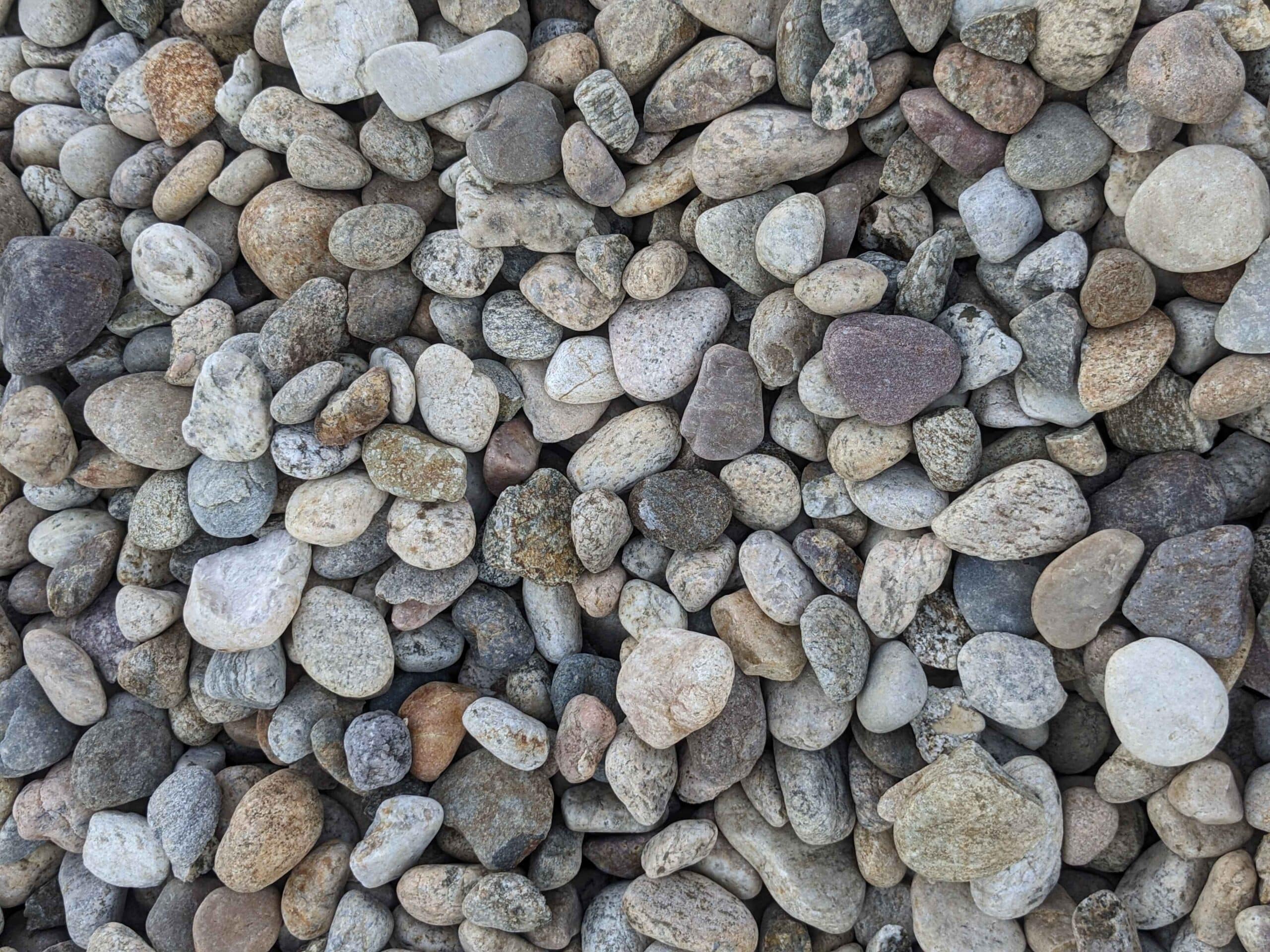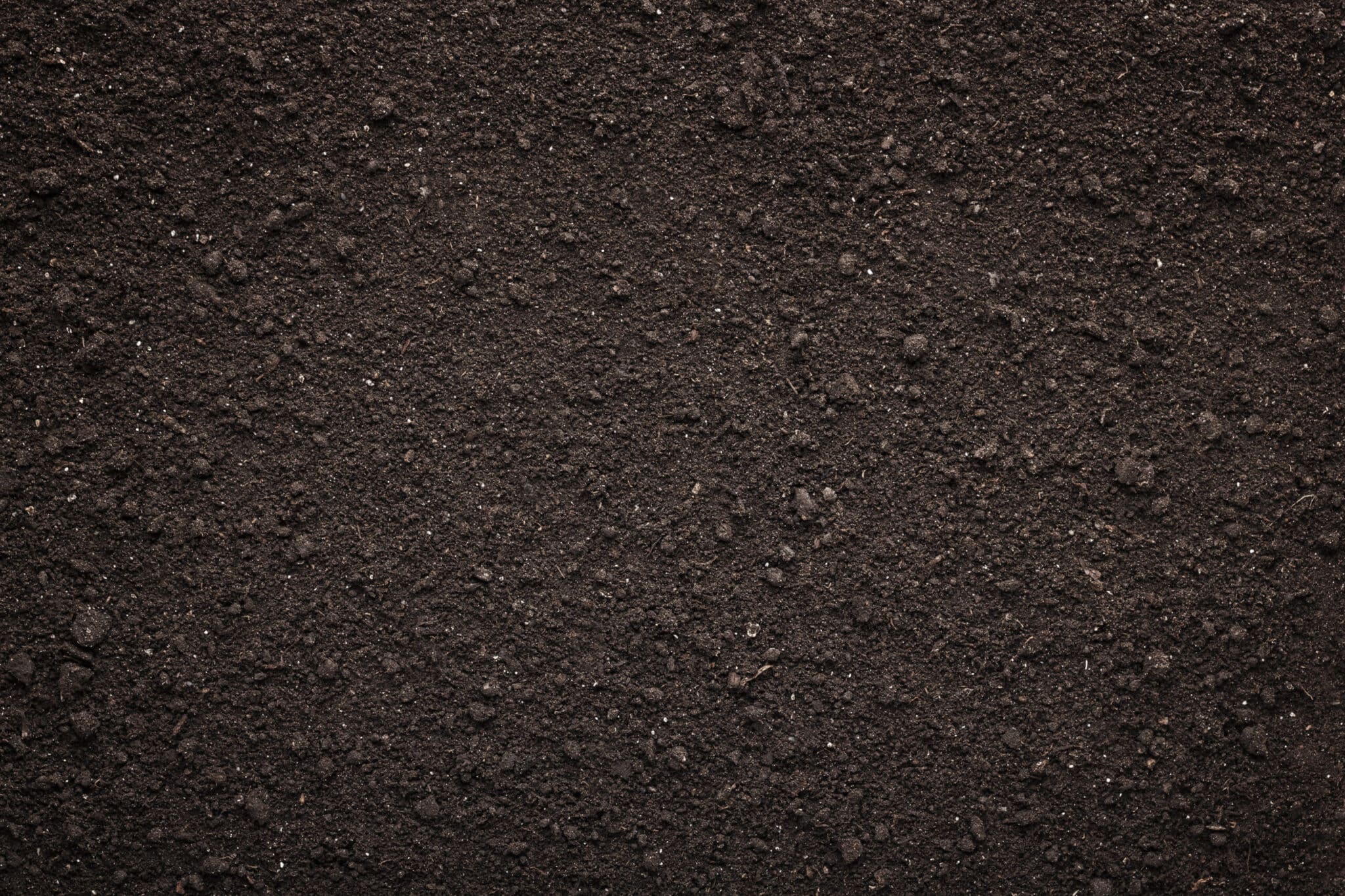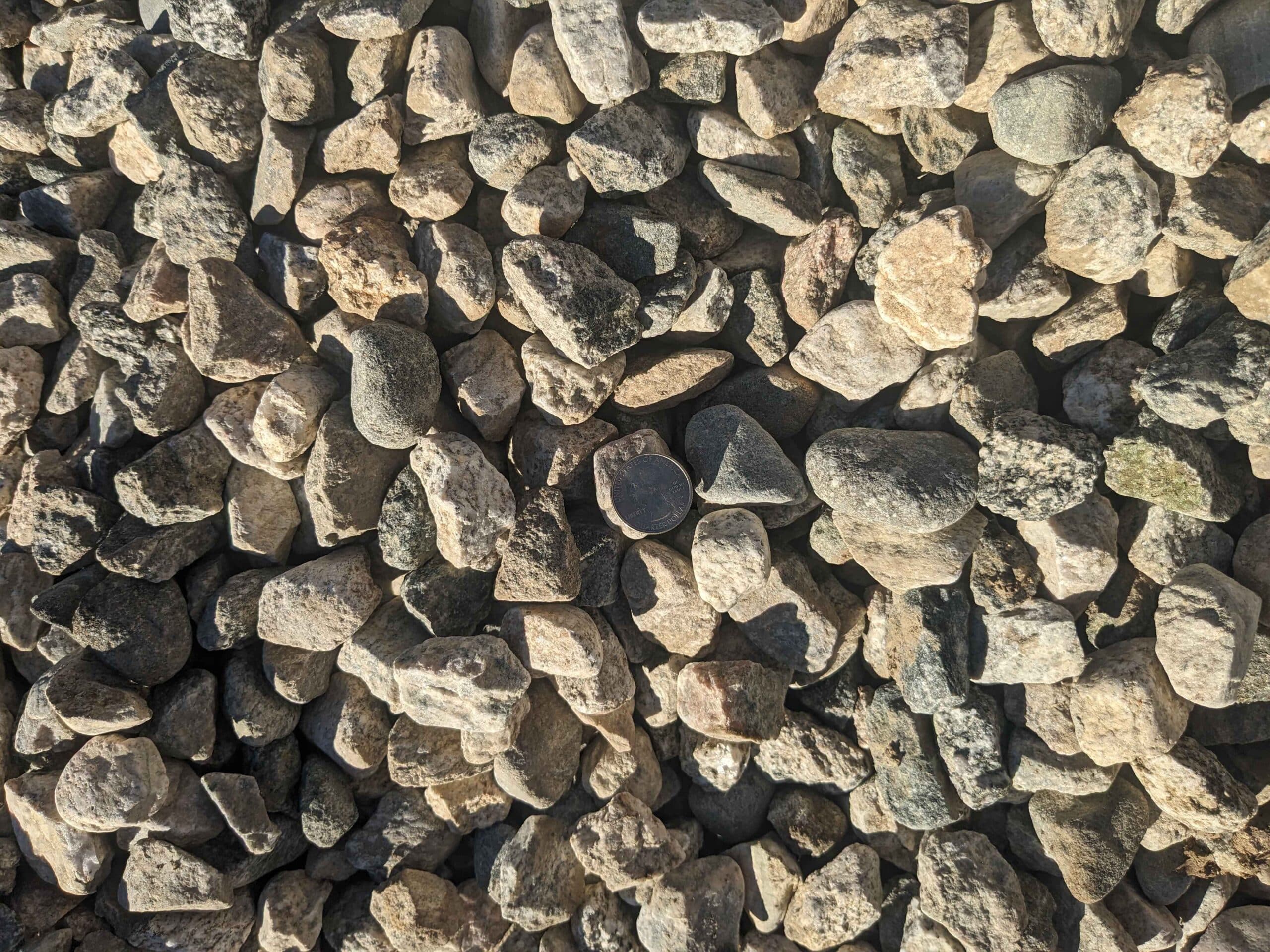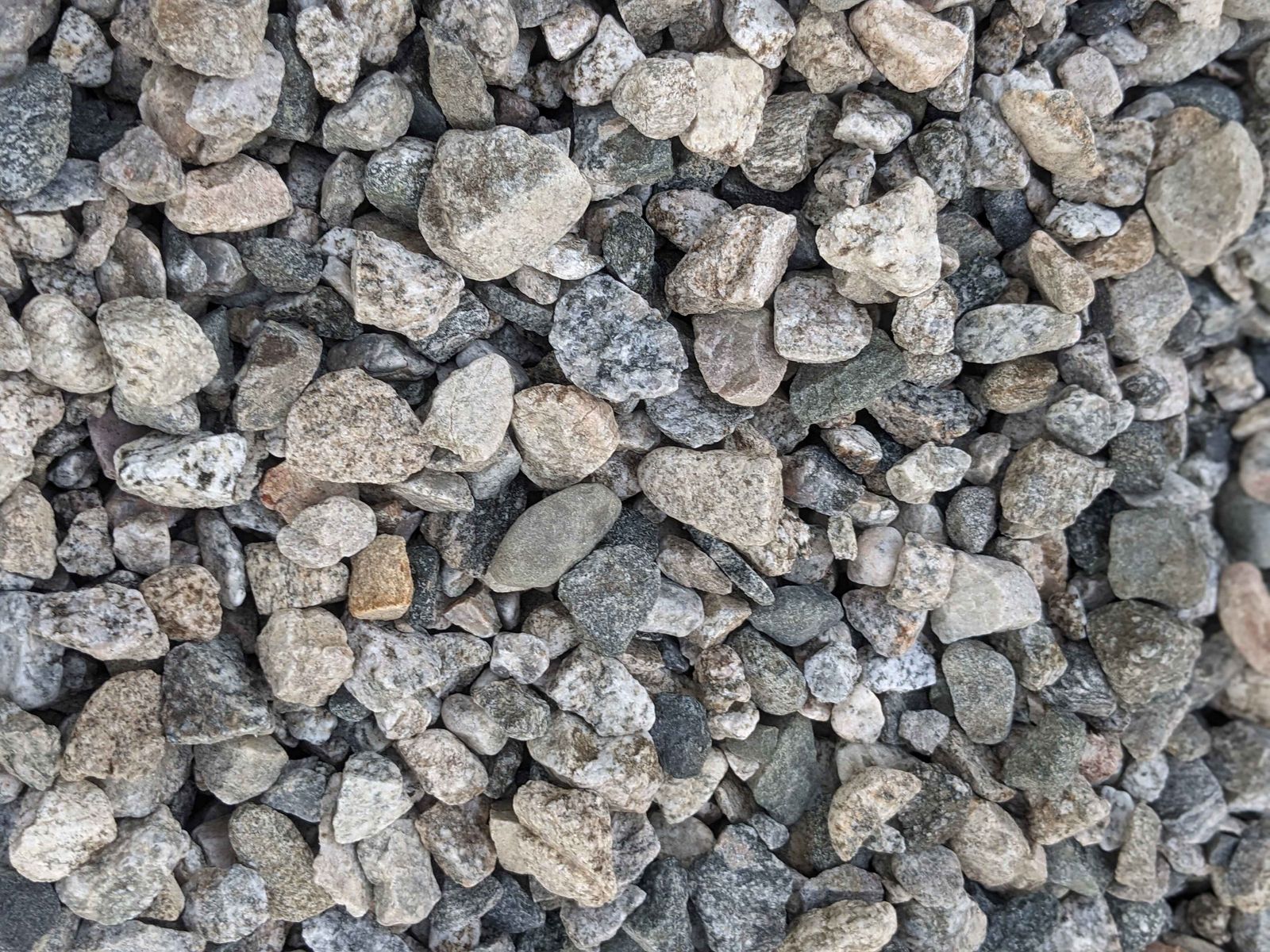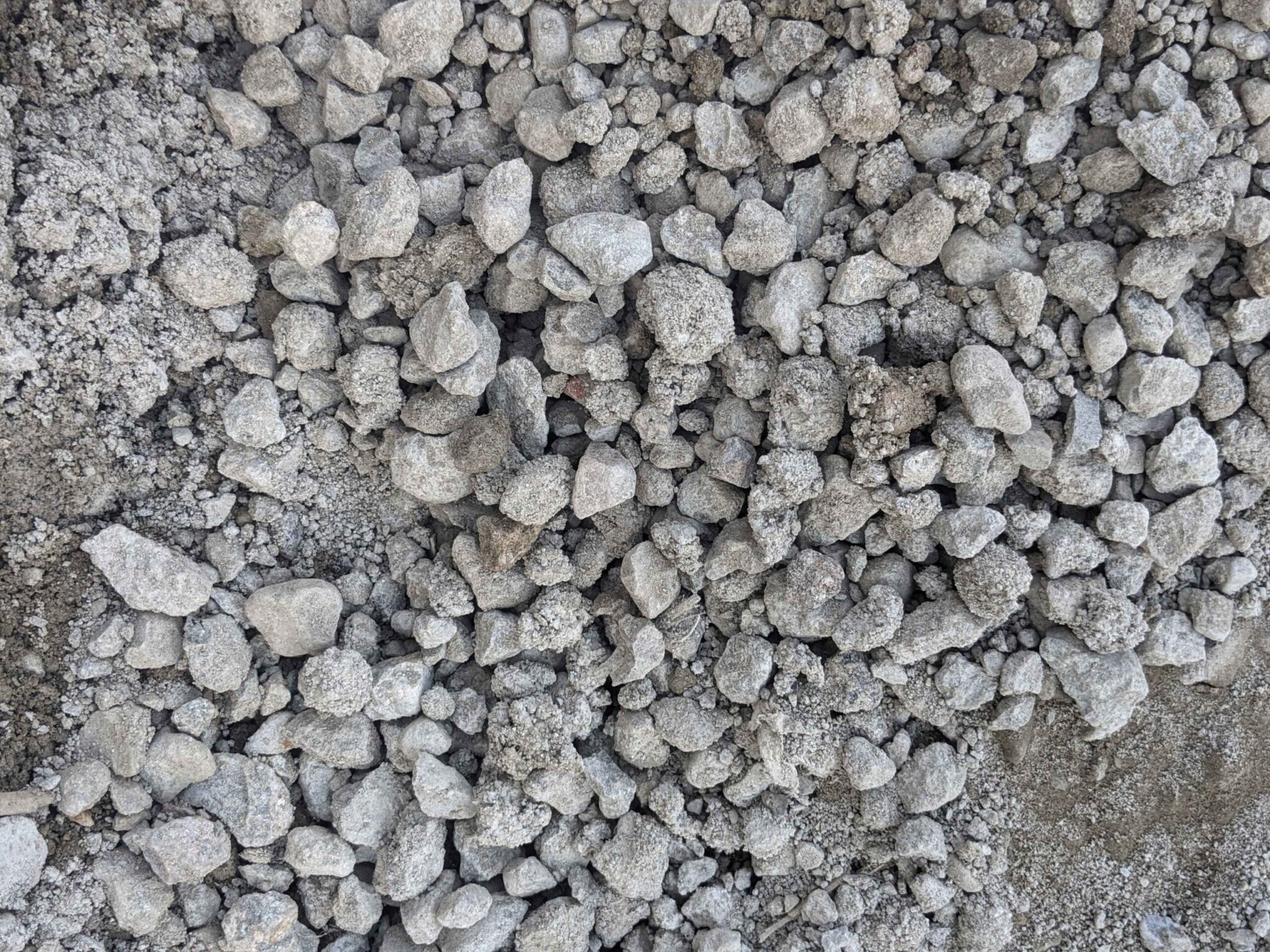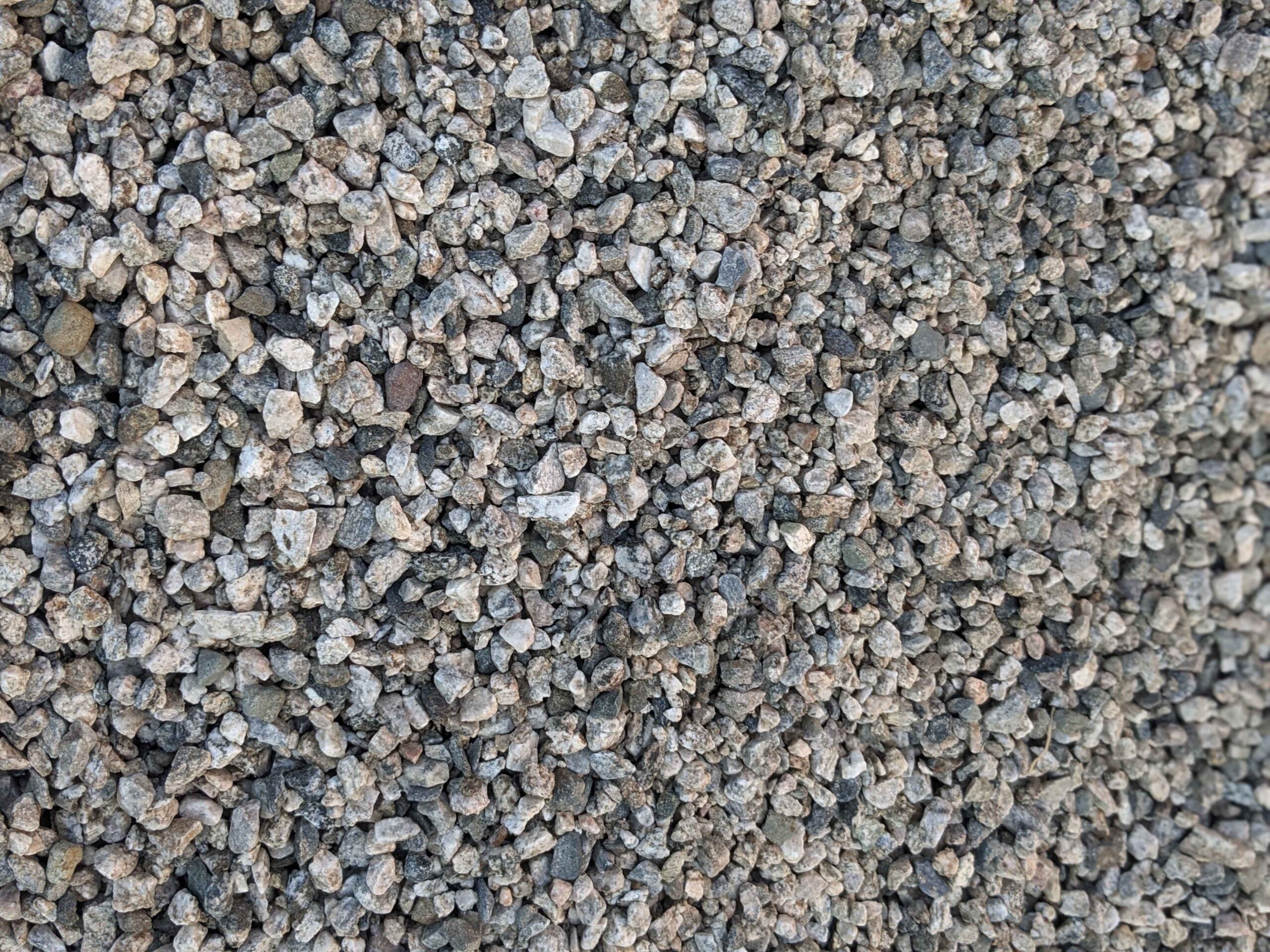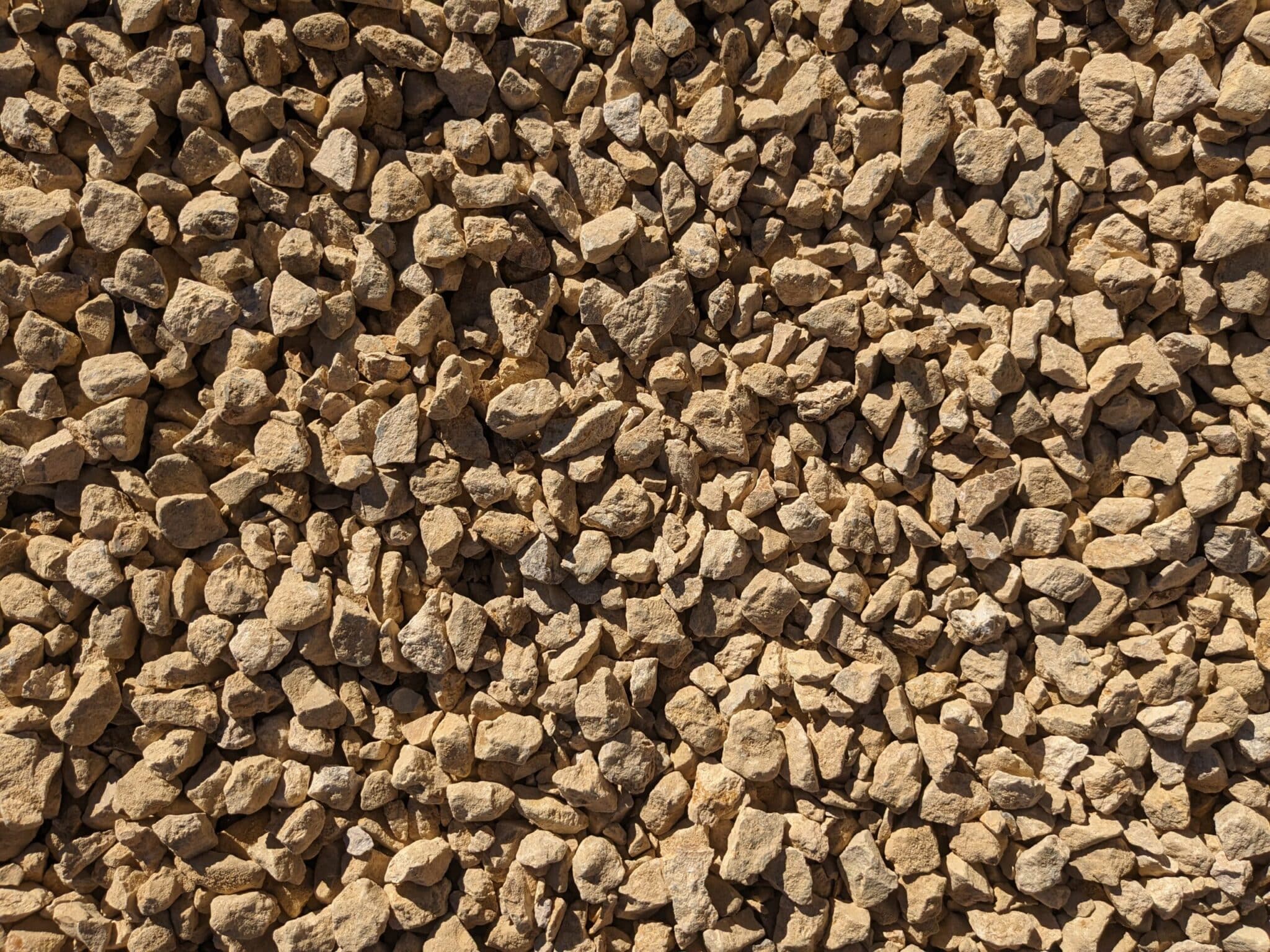Clay loam, a term commonly used in the field of soil science and geology, refers to a specific type of soil texture. It is a term that is part of the broader Aggregate Glossary, which encompasses a wide range of terms related to the study of aggregates, or collections of particles, in various fields. This article will delve into the intricate details of clay loam, its definition, and its various uses.
Understanding the concept of clay loam requires a fundamental understanding of soil texture and its classification. Soil texture is a key characteristic of soil that significantly influences its physical and chemical properties. It is determined by the relative proportions of sand, silt, and clay particles in a soil sample. The term ‘clay loam’ is derived from this classification system.
Definition of Clay Loam
Clay loam is a specific type of soil texture that contains a higher proportion of clay particles compared to other types of loam. According to the United States Department of Agriculture (USDA) soil taxonomy, a soil is classified as a clay loam if it contains 20-30% clay, 30-50% silt, and less than 52% sand. This unique combination of particles gives clay loam its distinctive properties.
The clay particles in clay loam are the smallest of the three types, typically less than 0.002 mm in diameter. These tiny particles have a large surface area relative to their volume, which allows them to hold onto water and nutrients more effectively than larger sand and silt particles. This characteristic makes clay loam a highly desirable soil type for many applications.
Physical Properties of Clay Loam
Clay loam is known for its excellent water-holding capacity due to the high proportion of clay particles. These particles have a flat, plate-like structure that creates a large surface area for water and nutrient absorption. Clay loam also has good drainage properties, which prevents waterlogging and promotes healthy root growth in plants.
Another significant physical property of clay loam is its structure. The presence of clay particles promotes the formation of stable soil aggregates, which improve the soil’s structure and porosity. This results in a soil that is easy to work with and conducive to plant growth.
Chemical Properties of Clay Loam
Clay loam is rich in nutrients due to the high cation exchange capacity (CEC) of clay particles. CEC is a measure of a soil’s ability to retain and supply cations (positively charged ions) to plant roots. The high CEC of clay loam means it can hold onto essential nutrients such as potassium, calcium, and magnesium, preventing them from being washed away by rainfall or irrigation.
Moreover, clay loam typically has a near-neutral pH, which is ideal for most plants. The pH of a soil affects the availability of nutrients to plants, with many essential nutrients becoming less available in highly acidic or alkaline soils. The near-neutral pH of clay loam ensures that a wide range of nutrients are readily available for plant uptake.
Uses of Clay Loam
Due to its desirable physical and chemical properties, clay loam is widely used in various applications. Its excellent water-holding capacity, good drainage, stable structure, high nutrient content, and near-neutral pH make it an ideal soil type for agriculture and horticulture.
Clay loam is particularly well-suited to the cultivation of a wide range of crops, including fruits, vegetables, and field crops. Its ability to retain water and nutrients while also providing good drainage makes it a highly productive soil for farming.
Agriculture
In the field of agriculture, clay loam is highly valued for its ability to support healthy and productive crop growth. Its high nutrient content and excellent water-holding capacity provide an optimal environment for the growth of a wide range of crops, from grains and legumes to fruits and vegetables.
Furthermore, the stable structure of clay loam makes it resistant to erosion, a significant concern in agricultural settings. This resistance to erosion helps maintain the long-term productivity of agricultural land.
Horticulture
Clay loam is also widely used in horticulture, particularly in the cultivation of ornamental plants and trees. Its excellent water-holding capacity and high nutrient content make it an ideal medium for growing a wide variety of ornamental plants, from flowers and shrubs to trees and vines.
Moreover, the stable structure and good drainage of clay loam make it a suitable medium for container gardening and raised bed gardening, popular methods in horticulture.
Average Cost of Clay Loam
The cost of clay loam can vary significantly depending on various factors, including the source of the soil, the quantity required, and the location of the buyer. On average, however, clay loam can be expected to cost between $20 and $50 per cubic yard.
It’s important to note that while clay loam may be more expensive than other types of soil, its superior properties often make it a cost-effective choice in the long run. The high productivity and reduced need for additional fertilizers or soil amendments can offset the initial cost of clay loam.
Factors Influencing the Cost
The cost of clay loam can be influenced by a variety of factors. One of the most significant factors is the source of the soil. Soil that has been screened and processed to remove rocks and other debris is typically more expensive than raw, unprocessed soil.
Another important factor is the quantity of soil required. Buying soil in bulk can often reduce the cost per cubic yard. Additionally, the location of the buyer can significantly influence the cost, with transportation and delivery costs adding to the overall price of the soil.
Cost-Benefit Analysis
While the initial cost of clay loam may be higher than other types of soil, it’s important to consider the long-term benefits. The high productivity of clay loam can result in higher crop yields, reducing the cost per unit of produce. Additionally, the reduced need for additional fertilizers or soil amendments can result in significant cost savings over time.
Therefore, when considering the cost of clay loam, it’s important to take into account not just the initial cost, but also the potential long-term benefits and cost savings.
Discover High-Quality Clay Loam with Hello Gravel
Ready to experience the superior productivity and cost-efficiency of clay loam for your next project? Look no further than Hello Gravel, your nationwide provider of premium aggregates. With our white glove service, obtaining your high-quality clay loam is as simple as placing an order on our website. Let us handle the hassle of sourcing and delivery, so you can focus on reaping the benefits of this exceptional soil. Whether you’re working on a small driveway or a large civil construction project, we’ve got you covered. Check out our products today and let us deliver excellence right to your doorstep.


